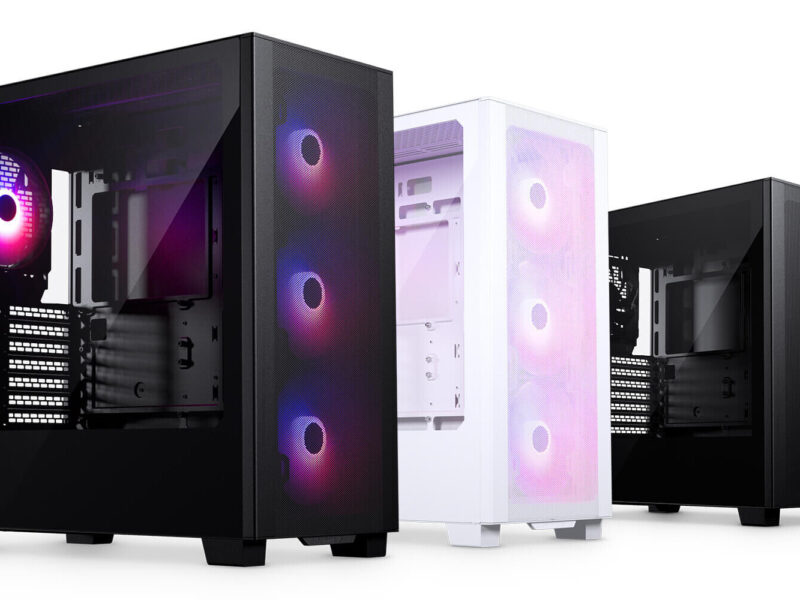Microsoft recently hosted a Windows-related event on the 5th of April 2022 which revealed new features for Windows 11. This applies to consumer and enterprise users. A notable feature that has been spotted on public test versions of Windows 11 has been disclosed and we’ll be covering them shortly.
Introducing File Explorer improvements to Windows 11
Starting as a heavily requested feature by many people, and spotted on the public test builds before the event, File Explorer tabs make a return to Windows. We’ve seen something like this with the Sets feature of Windows 10, which offers similar functionality, but this was never released to the stable releases of Windows. Users will soon be able to create and move tabs inside a File Explorer window and navigate them with much more ease than the current Explorer, which requires opening multiple windows to achieve the same effect.
The company showed another feature which is the ability to pin any files to File Explorer’s homepage and see the latest file activity. Contextual suggestions are also revealed in the event, giving the user intelligent suggestions on relevant content and contacts and is powered by Context IQ. This feature also extends to other Microsoft applications as well, not just the Windows Shell.
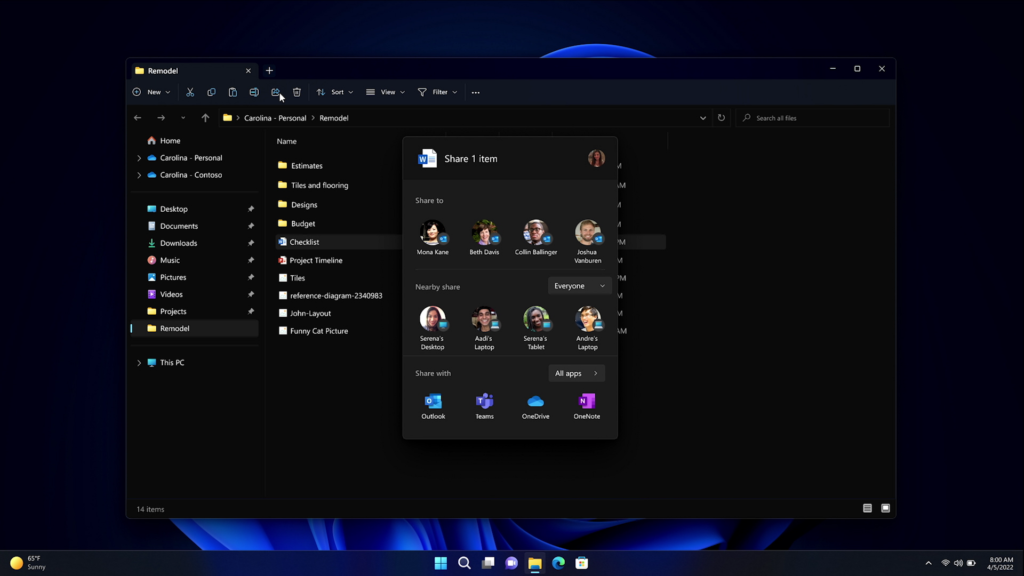

New accessibility, workplace-related features for Windows 11 also make an appearance
Microsoft revealed new accessibility features such as Live Captions, which generates closed captions for any audio content being played back, and has the ability to transcribe mic audio. The feature is aimed at people who are hard of hearing that need to transcribe audio content. Voice Clarity allows the person speaking with another user to hear them with clarity on both sides. This is implemented using an array of microphones to improve mic processing to achieve the desired effect and the processed mic audio can be passed throughout Windows as well.
Microsoft Teams has another trick up its sleeve: the option to use “Eye Contact” in the camera feed, which makes the user’s eyes focus on the camera itself whenever the camera feed is open inside Microsoft Teams. This makes for a more natural-looking video feed for video conferences
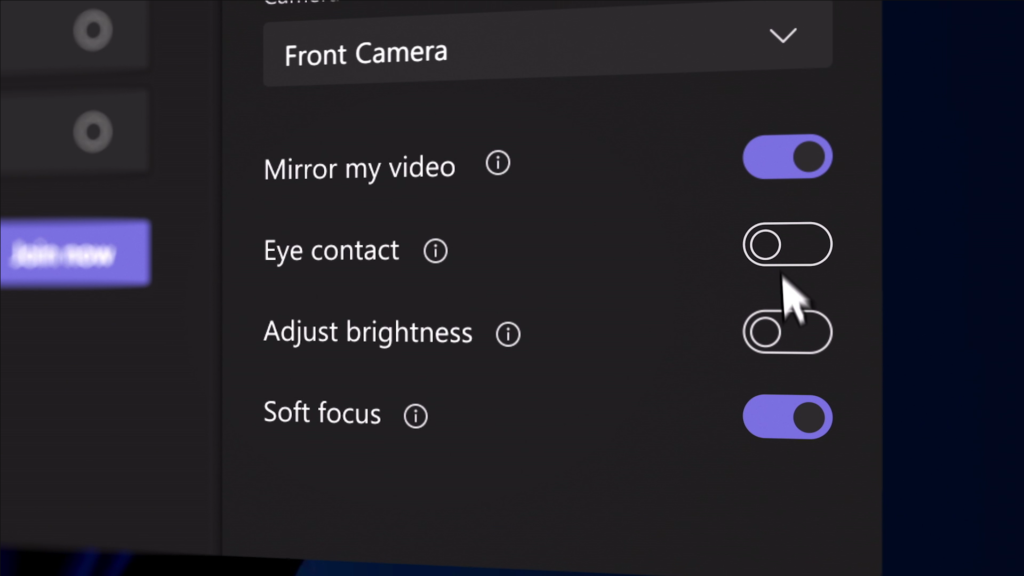
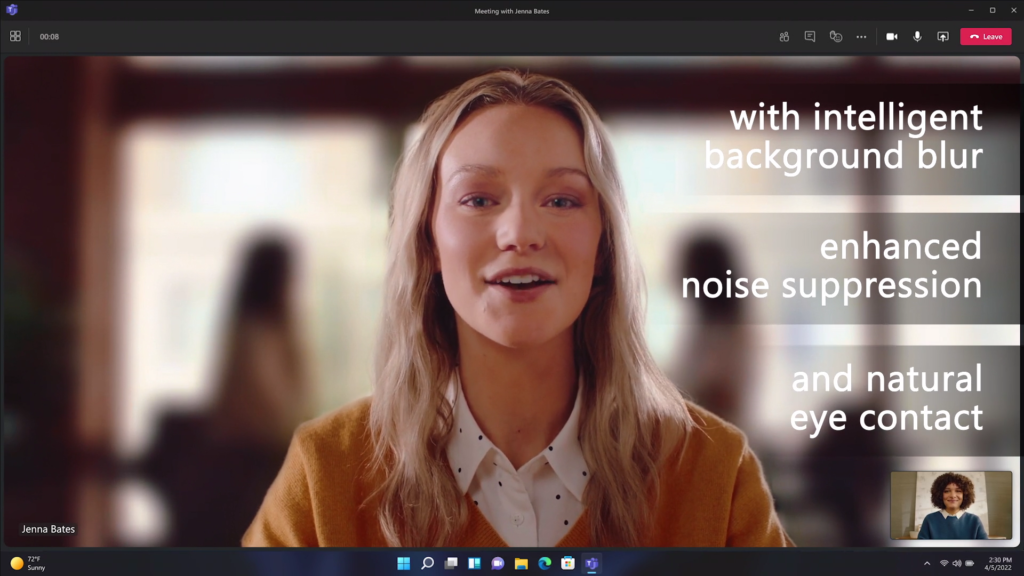
Another feature that made an appearance is the Start menu folders which give the user the ability to group pinned applications, which are absent in the current versions of Windows 11. Also notably present is an improvement to the current feature of Snap Layouts by the ability to snap an app window to any window orientation by dragging the window on the top.

Improved IT/security processes for enterprises arrive on Windows 11
To combat the growing cybersecurity threats, Microsoft has made public a set of new cybersecurity features that enhances enterprise IT security.
One of the new features is “Application Management for Microsoft Edge”, which works by denying access to the enterprise domain if the domain is set up to not let employees log in to the network using their personal browser profile and instead sign in using their work profile to access the network. It also restricts certain operations to help ensure end-to-end security.
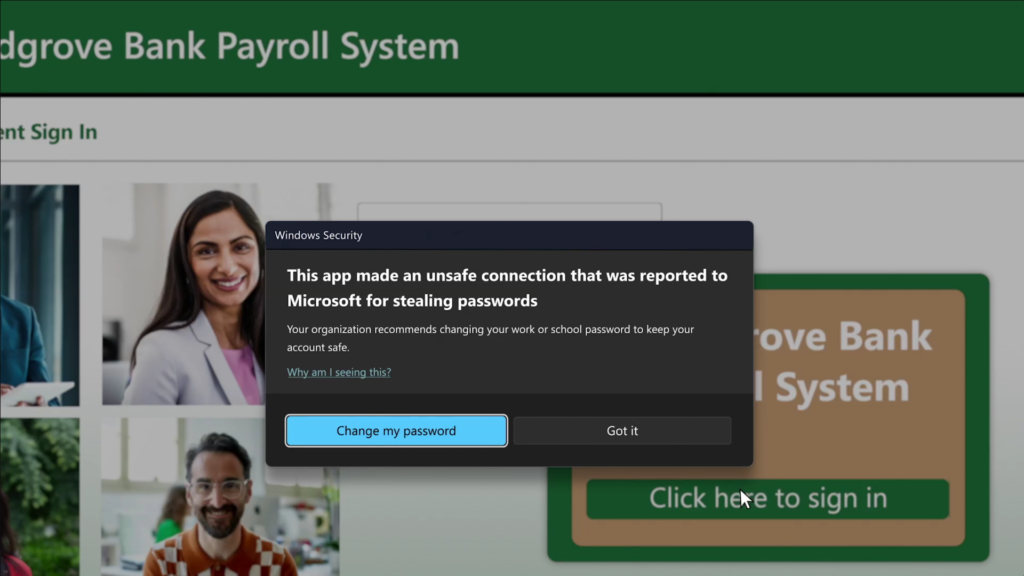
To complement the hybrid work improvements for businesses and employees, Windows 365, a cloud-based PC, also gained a subset of improvements on Windows 11, mainly which is the ability to switch from the personal Windows 11 PC to the Windows 365 computer, and the ability to work offline with changes that can be synced later when online. The ability to boot straight to the cloud PC instead of the local option has also been announced in the event. This new feature is targeted at employees who use multiple Windows 365 computers on one device.
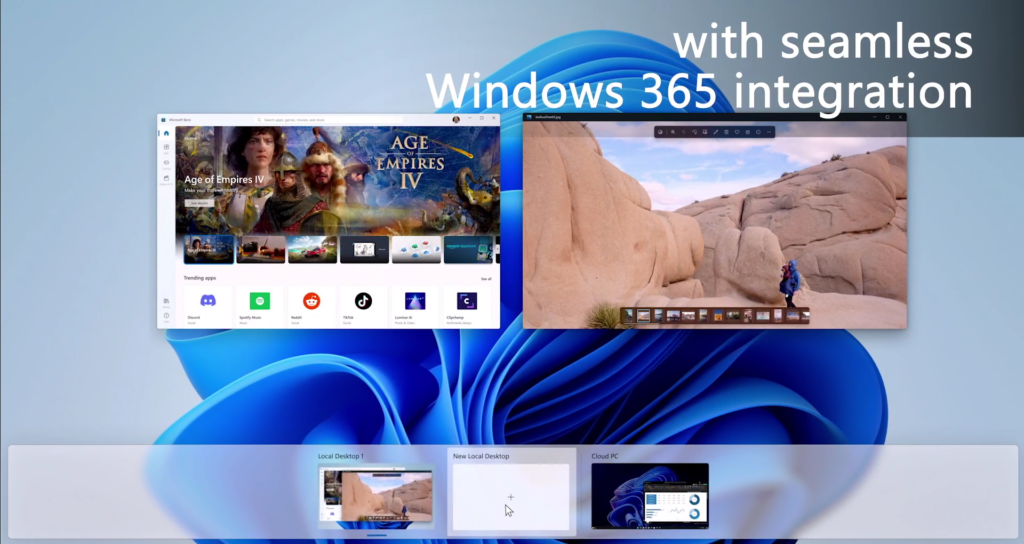
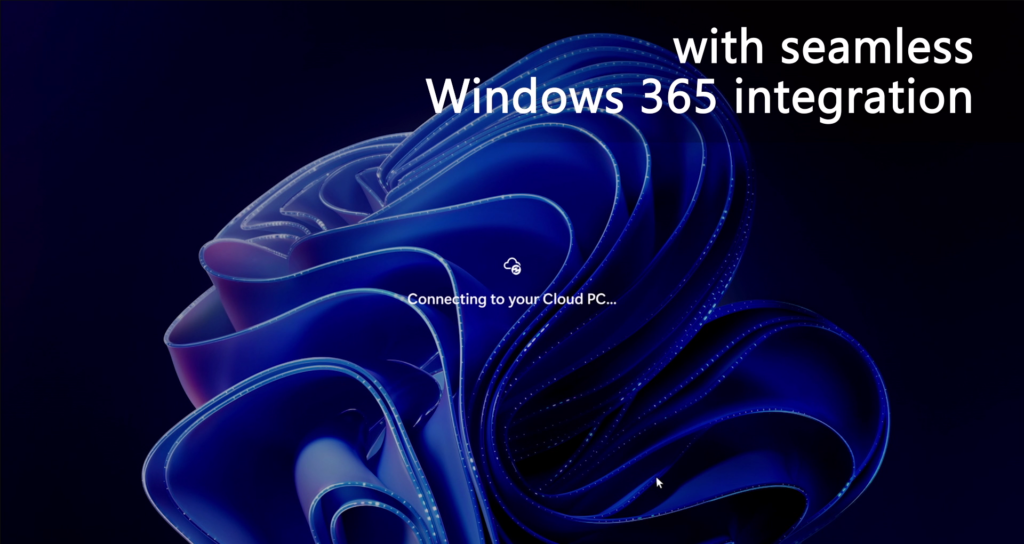
For sysadmins, Microsoft has also announced a new managed Windows service that is a part of Windows Enterprise E3, called Autopatch. It allows sysadmins to automatically upgrade Windows 10 and 11 devices to the latest versions without doing more work. Several features are present inside the service, of which the service can create rings to test updates on the test devices, then each update from the test devices, and after a validation period, will roll out to more devices inside the test ring. It keeps records and compares the performance metrics of each update from device rings. In case stability/performance issues rise, it has the ability to freeze updates to keep them locked inside a test ring until such issues are eliminated and are validated. If issues arise during deployment, it can safely roll back to the last known good configuration. This helps keep the enterprise devices stable in case serious update issues are discovered during testing.
If you would like to see more cultists coverage of other events such as those hosted by Nvidia, AMD, Intel, and more, click here!

